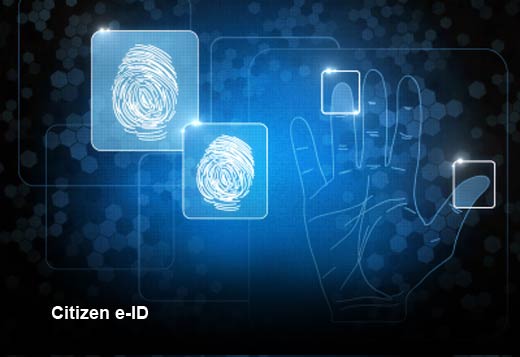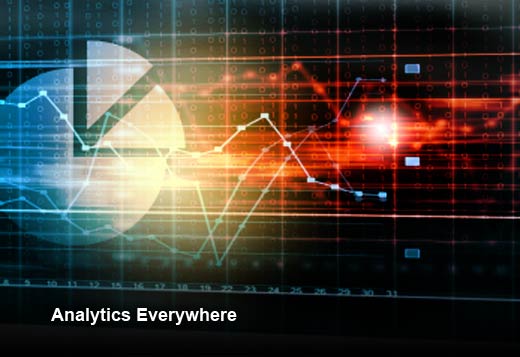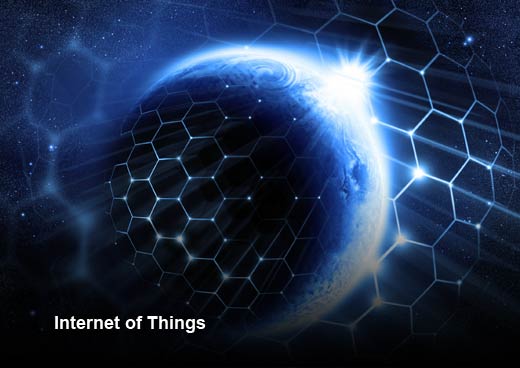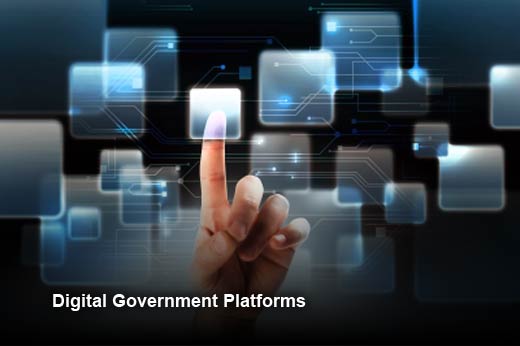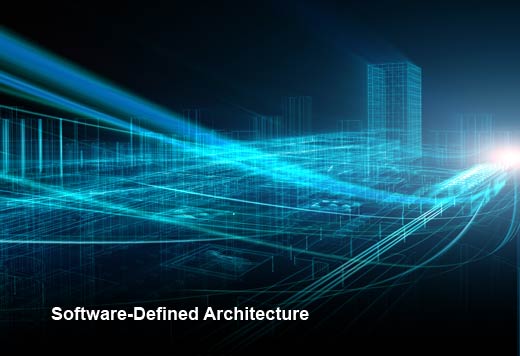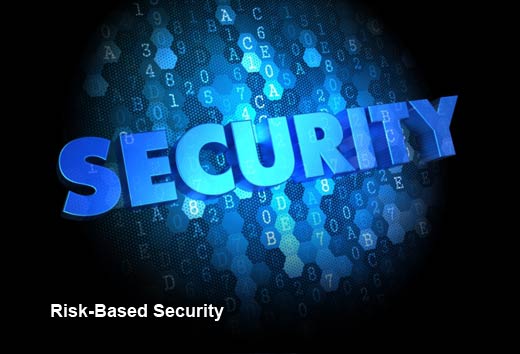From undetected rogue email servers to numerous breaches, including to the OPM, the government has had a tough year. Factor in the many outdated systems still being used to drive our country and it makes for a terrifying story. While some might argue that the sheer size of the government makes managing tech systems daunting, it is a task that is imperative to both our national and personal security, as well as for supporting fully digital end-to-end citizen services.
According to Gartner, public sector technology spending is expected to remain flat in 2016, following a 5.2 percent decrease in 2015. The “do more with less” motto that picked up so much steam during the Great Recession has left a chasm between where we are and where we need to be. Government CIOs are under great pressure to optimize IT and digitally transform their organizations, but are fighting “organizational and cultural challenges that are barriers to harnessing the synergistic potential of social, mobile, data analytics, cloud and the Internet of Things (IoT) to drive transformational change.”
To enable government transformation initiatives, Gartner has identified the top 10 strategic technologies in 2016 and provided recommendations to CIOs and IT leaders regarding adoption and benefits.
Government Technology Innovation
Click through for 10 strategic technologies public sector CIOs should focus on and have a plan for in 2016, as identified by Gartner.
Digital Workplace
The government workforce is increasingly populated with digitally literate employees, from frontline workers to top-level executives. The digital workplace is a business strategy for boosting employee engagement and agility through a more consumerized work environment. The digital workplace promotes collaborative work styles; supports decentralized, mobile work environments; and embraces employees’ personal choice of technologies.
Multi-Channel Citizen Engagement
Delivering an effective citizen experience requires a holistic approach to the citizen: (1) using data to capture and understand the needs and desires of the citizen; (2) leveraging effective social media and communications to actively engage citizens; (3) allowing the citizen to engage on his or her own terms; (4) understanding the citizen’s preferred engagement channels; (5) affording seamless transitions among channels; and (6) ultimately delivering a more satisfying set of citizen interactions. Adopting a citizen-centric information management strategy with multichannel citizen engagement opportunities will deliver quantifiable benefits.
Open Data
Open data in government results from “open by default” or “open by preference” governance policies and information management practices. These make license-free data available in machine-readable formats to anyone who has the right to access it without any requirement for identification or registration. Open data is published as collected at the source (“raw”) at the lowest granularity, as determined by privacy, security or data quality considerations. Open data is accessible with open APIs and is not subject to any trademark or copyright.
Citizen e-ID
As government becomes more digitalized, digital identity will need to become more reliable in order to serve as the core for all digital transactions. Citizen electronic identification (e-ID) refers to the orchestrated set of processes and technologies managed by governments to provide a secure domain to enable citizens to access these core resources or services. Governments should require online authentication and identity proofing, because in-person verification methods are becoming outdated for offering citizens integrated and seamless access to resources and services. This “no wrong door” business model must be able to associate each citizen with one unique and persistent identifier within the bounds of what is culturally acceptable and legally permissible.
Analytics Everywhere
Analytics is the collection and analysis of data to provide the insight that can guide actions to increase organizational efficiency or program effectiveness. The pervasive use of analytics at all stages of business activity and service delivery — analytics everywhere — allows leading government agencies to shift from the dashboard reporting of lagging indicators to autonomous business processes and business intelligence (BI) capabilities that help humans make better context-based decisions in real time.
Smart Machines
In practice, smart machines are a diverse combination of digital technologies that do what we once thought only people could do. While capabilities are evolving rapidly, they already includes deep neural networks, autonomous vehicles, virtual assistants, and smart advisors that interact intelligently with people and other machines. Government IT leaders must explore smart machines as enhancements to existing business practices, and possibly as foundations for new public services or ways of accomplishing business goals altogether.
Internet of Things
The IoT is the network of physical objects (fixed or mobile) that contains embedded technology to communicate, monitor, sense or interact with multiple environments. The IoT architecture operates in an ecosystem that includes things, communication, applications and data analysis, and is a critical enabler for digital business applications in all private-sector and public-sector industries. The business use cases and adoption rate by government agencies vary according to service domain or program mission. Government business models are emerging that take advantage of the IoT; for example, pay-for-use or subscription-based taxation models, smart waste bin collection on city streets, and the remote monitoring of elderly patients in assisted-living settings.
Digital Government Platforms
Governments face constant pressure to improve service delivery and save costs. Digital platforms reduce effort and facilitate user-centric design. These platforms deliver services such as payments, identity management and verification, reusable application services and notifications (for example, SMS and email) that are commonly used across multiple domains. Globally, governments are taking a platform approach to simplify processes, improve citizen interaction and reduce expenditure.
Software-Defined Architecture
Software-defined architecture (SDA) inserts an intermediary between the requester and the provider of a service so that the service can change more dynamically — in other words, it is the IT equivalent of changing the tires while the car is moving. Adding a layer of software to abstract and virtualize networks, infrastructure or security has proved to be a useful way of deploying and utilizing infrastructure. Applying the same technique to software architecture improves the manageability and agility of the code so that the organization can respond to the fluidity requirements of digital government and the IoT. Some government organizations have begun implementing software-designed infrastructure (SDI), but most are still operating in traditional data centers.
Risk-Based Security
The cybersecurity threat environment is constantly evolving, but it represents only one dimension of a complex, multifaceted set of threats and risks. Government CIOs must adopt a threat-aware, risk-based security approach that allows governments to make knowledgeable and informed decisions about risks in a holistic fashion, allowing for a wiser allocation of resources; more sound decisions about risks and their impacts on government missions, operations, assets and people; and engagement of senior leadership in risk-based decisions.
Four new trends emerged in 2016 with the potential to significantly benefit government performance within the next three to five years. Analytics everywhere, smart machines, software-defined architecture and risk-based security will each challenge governance, human resources management, sourcing and financing practices.
“Many of these technology trends change business models in ways that need to be reflected in more modern policies, especially those related to privacy or regulation,” said Rick Howard, research vice president at Gartner. “CIOs will need to be front and center in providing advice to policymaking bodies and working with industry experts who can consult on options and impacts.”






